I’ll admit, I have a soft spot for manual focus Minolta cameras. And the Minolta lineup is a unique cross-section of camera technology through the post-war 20th Century. All my early experience with photography came in various Minolta cameras, from my family’s Riva Zoom to my first personal camera, the Hi-Matic 7s and the first SLRs in the SR-T 102 X-7a. More recently, the XE-7 has been my Minolta SR-Mount of choice. But the XE-7 lead me down the rabbit hole of the 1970s of Minolta’s technology-sharing agreement with Ernst Leitz because, of course, there was something better. And that something better is the Minolta XD, or in this case, the XD-11. The same camera, only a different market. While they are a bit more expensive on the used market, thankfully, when you’re in a good group of film photographers, there is always someone who has the camera you want to give a test run. Thanks to Bill Smith for loaning this beautiful camera out for its review!
Camera Specifications
Make: Minolta
Model: XD (Japan), XD-11 (North America), XD-7 (Europe)
Type: Single Lens Reflex
Format: 135 (35mm), 24x36mm
Lens: Interchangable, Minolta SR-Mount (MD)
Shutter: Metal Verical Travel Focal Plane, 1/1000″ – 1″ + Bulb
Meter: SBC Centre-Weighted TTL EV1 ~ EV18 @ ASA-100, ASA-12 – ASA-3200
Year of Manufacture: 1977-1984
Background
The XD is a camera with a rich history and is seen as the next step forward in Minolta’s marked improvements of their SLR cameras and technologies behind them. Minolta’s first entry into the SLR world came in 1958. The SR-2 and SR-1 cameras used a bayonet lens mount known as the SR-Mount. Minolta made several advancements on the SR line through the next five years, with the last camera being released in 1962, the SR-7. The next step for Minolta was implementing TTL or Thru-The-Lens metering, which came in 1966 with the SR-T line of cameras. But it wasn’t only TTL metering; Minolta mounted two metering cells one through the lens, the other on the body calling the system CLC or Contrast Light Compensation. CLC is held up as the first semi-intelligent metering system for SLRs. To achieve this, Minolta had to modify its lens mount to allow aperture settings to be mechanically communicated to the camera body while still an SR-Mount; these new lenses are often called MC-Mount. The SR-T line of cameras is a bit of a rabbit hole, with various versions of models and parallels running all the way to the 1980s. But by the end of the 1960s, Minolta was already looking ahead to an improved CLC and a professional system camera, the X-Series. The X-1 (alternatively the XM or XK depending on the market) featured various modifications and customizations in line with Nikon and Canon’s offerings from earlier decades. One of the features was a semi-automatic exposure metering prism along with a motor drive and other accessories. In 1972 Minolta would enter a technology-sharing agreement with Ernst Leitz, and in 1973 did release the X-1 to mixed reviews. But they were already moving forward with a proper aperture priority camera in cooperation with Leitz and Copal. In 1974 they released the XE (or XE-7) that featured the new Letiz-Copal Shutter, expanded use of microprocessors and a design based on the X-1. Leitz’s version, the Leicaflex R3 is more of a cousin to the XE. The two cameras share a similar look and shutter but are two completely different cameras with different metering systems and lens mounts internally. Production of the XE ended in 1977 with the release of the next entry in the X-Series, the XD (XD-11 or XD-7 depending on the market). The XD saw a few improvements over the XE; first, it had three modes, two semi-automatic and one manual. In addition to the standard aperture priority, it also features a shutter priority mode. Giving the camera shutter priority required Minolta to modify the SR-Mount again to give the lens the ability to receive the aperture settings from the camera based on the selected shutter speed. These new lenses are technically still an SR-Mount but are denoted by MD. The XD is not a full program (auto-exposure) camera. Leitz’s version is the Leicaflex R4; the two cameras are more like cousins than brothers. A version with fewer features, the XD-5, was also released that removed six features found on the XD. The XD also had a special 50th Anniversary version. In 1981 Minolta would release their first full auto-exposure camera, the X-700 taking the lessons and using the same MD lens as the XD. But the X-Series would be one of Minolta’s most prolific camera lines, with the XG series being added on and production lasting well into the autofocus age.
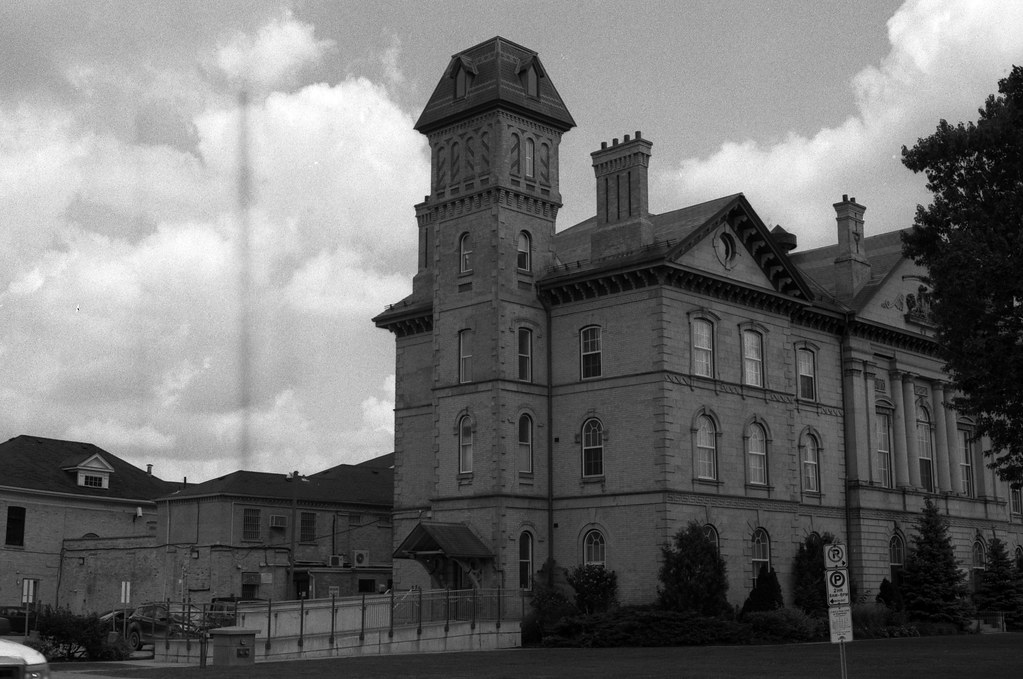

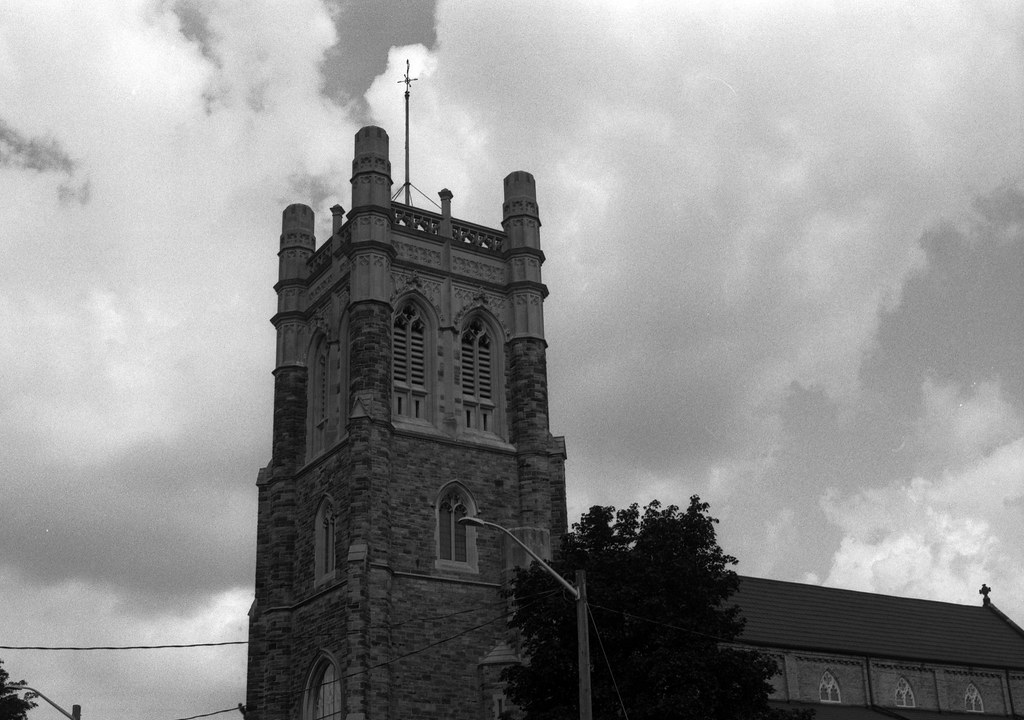

Impressions
I’ll admit, the XD is a handsome camera, all black and metal construction with a handsome leatherette covering the body that gives the camera the flavour of old-school wealth. That should be of no surprise given its Leicaflex cousin, the R4. Designed around the smaller SLR form factor that at this point gained popularity after Olympus released the OM series of cameras back in 1972, something Minolta missed out on in the XE. But the camera may look small, but it has a decent weight behind it, making it well balanced. The controls are well placed, and having the shutter speed dial slightly sticking out from the top plate makes it easy to manipulate without removing your eye from the finder. The camera’s viewfinder is bright for its age, and the dual option scale is well illuminated with red LED lights and switches between aperture and shutter speeds depending on the auto-exposure mode. Physical windows will display your aperture and shutter speeds in manual mode, with the LED illuminating the recommended shutter speed. These windows will also show up in the auto-exposure modes, with shutter speeds displayed in Shutter Priority with an auto aperture scale and vice versa in aperture priority mode. The XD also includes options to attach the Minolta Autowinder D or Motor Drive 1. The one control I have an issue with is the EV adjustment, a small leaver around the rewind knob and film speed dial. I’m sure that it will lock in place in the new condition, having to push it in and adjust the EV, sadly. In this example case, there is no safety lock, and on my first roll through the camera, I found that the leaver adjusted itself on several occasions. It would not be the first time I encountered this particular annoyance, the other being on the Contax G2 that had an easy to adjust EV compensation dial.

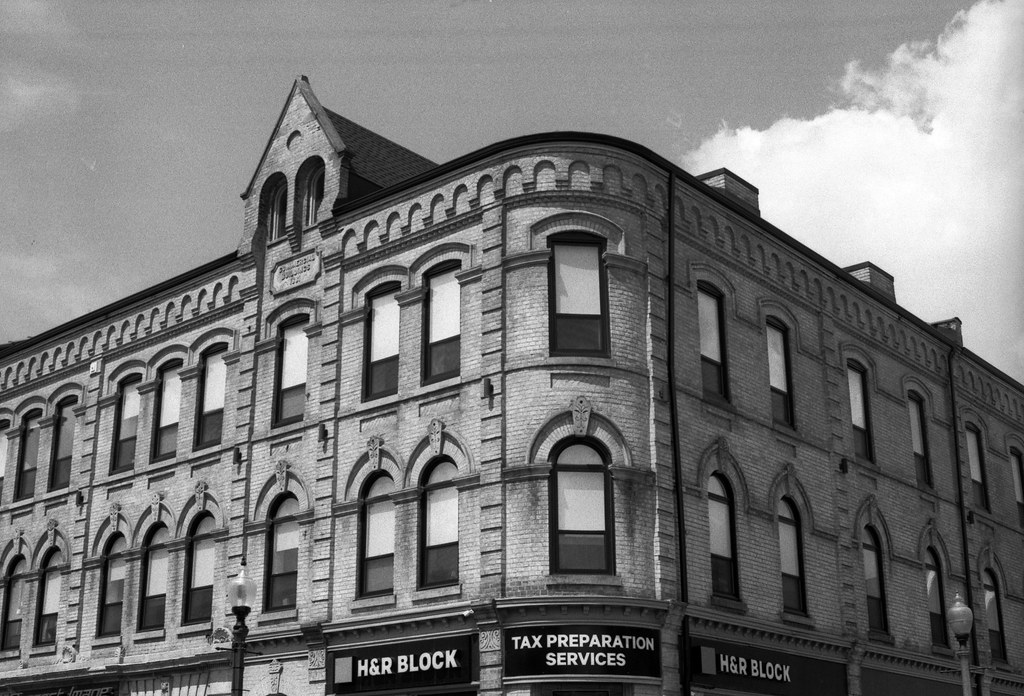
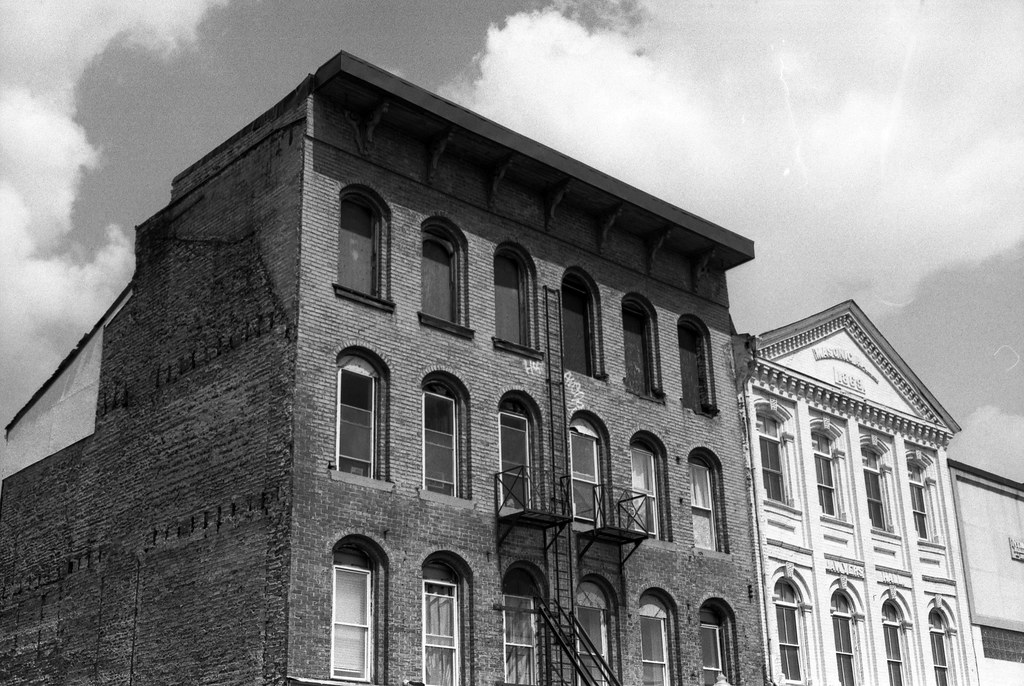
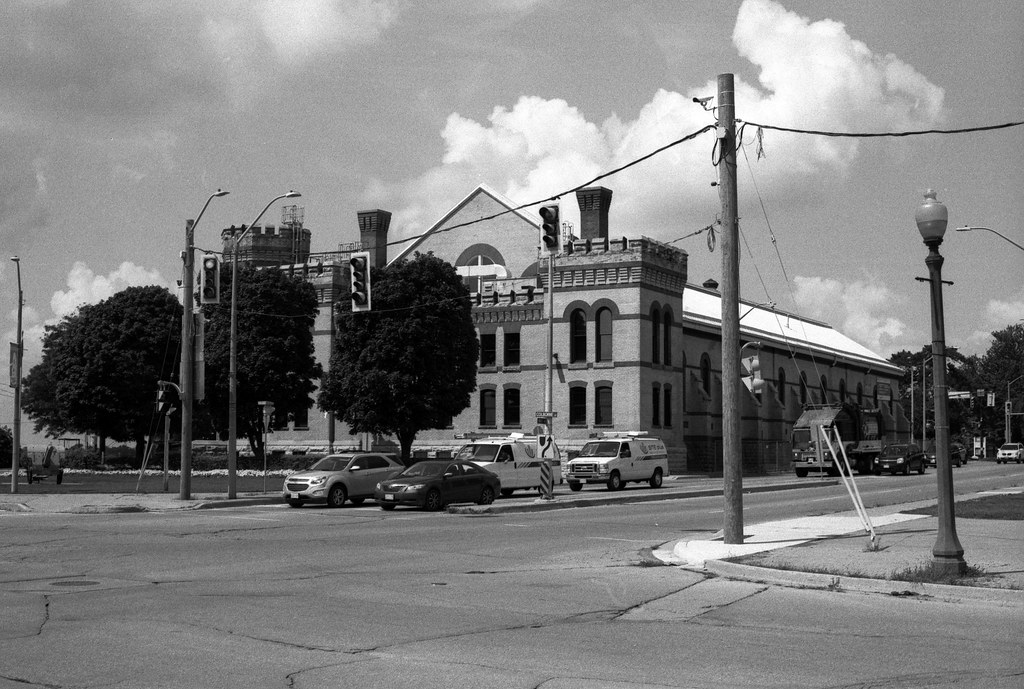
Experiences
If you’re used to working with the small format SLRs of the era then the XD is a perfect fit. It does have a similar size and weight to cameras like the Nikon FE or Olympus OM. Despite the small size, the camera carries a good weight in hand without it being overly heavy. Loading the film is no different from the XE, but that first frame does pop up quickly, so once you have that first pull, get the door closed and advance from there. Thankfully you don’t have to worry about opening the back accidentally, as Minolta included their film indicator, although it is far smaller than on the XE. Mounting and dismounting the lens is easy with the release button on the side of the lens mount and has an easy red dot indicator. The viewfinder is excellent, bright and has a clear split prism for focusing. Bright red LEDs indicate either the shutter speed or aperture selected by the camera in the two semi-automatic modes, with the scale changing depending on that mode. You also have physical windows to show your aperture or shutter speed (or both). The shutter speed wheel is easily adjusted without removing your eye from the viewfinder as the dial is slightly out from the top of the camera body. The film advance is short and smooth. Accuracy on the meter is decent, but you do have to watch out for that EV compensation switch; the copy I was working with did change easily, and I did shot on all three rolls a couple of frames where it had been adjusted.



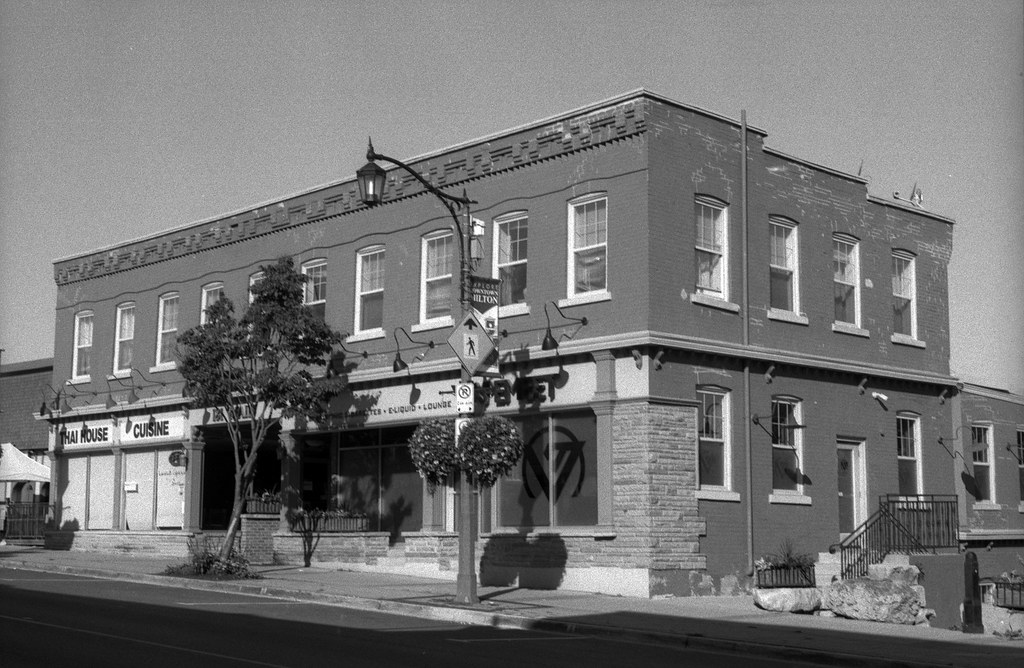
Optics
When it comes to optics, you cannot go wrong with Rokkor. Also, by this point in the life of Minolta and Rokkor glass, you’re starting to get a handful of lenses that are based on Leitz optical designs. And to be honest, I have not bet a Rokkor lens, both fixed and interchangeable, that I thought was a terrible glass. I’m sure they’re out there; I have not encountered one. Like the previous SLR offerings from Minolta, the XD uses the SR-Mount for their lenses. But like the Pentax K and Nikon F, the SR mount on the XD is an updated version of the original mount found on the SR-2. As the XD offered two different semi-automatic exposure modes, aperture priority and shutter priority. Changes to how the lens interfaces with the camera were needed on both the camera side and the lens side. While Minolta already had the means to allow the aperture to be communicated to the camera, they needed a way to send aperture information to the lens when in shutter priority. These new lenses are noted with the term MD. They will allow you to run the camera in both aperture and shutter priority (MD will also work in the auto-exposure mode in later model X-Series Cameras like the X700). Now you can use the older MC lenses, but you will be limited to manual and aperture priority modes. Some of my favourite lenses to work with on the camera is the Rokkor-X 45mm f/2 and W.Rokkor-X 28mm f/2.8 these are smaller low-profile lenses that allow you to keep that small form factor presented by the XD.
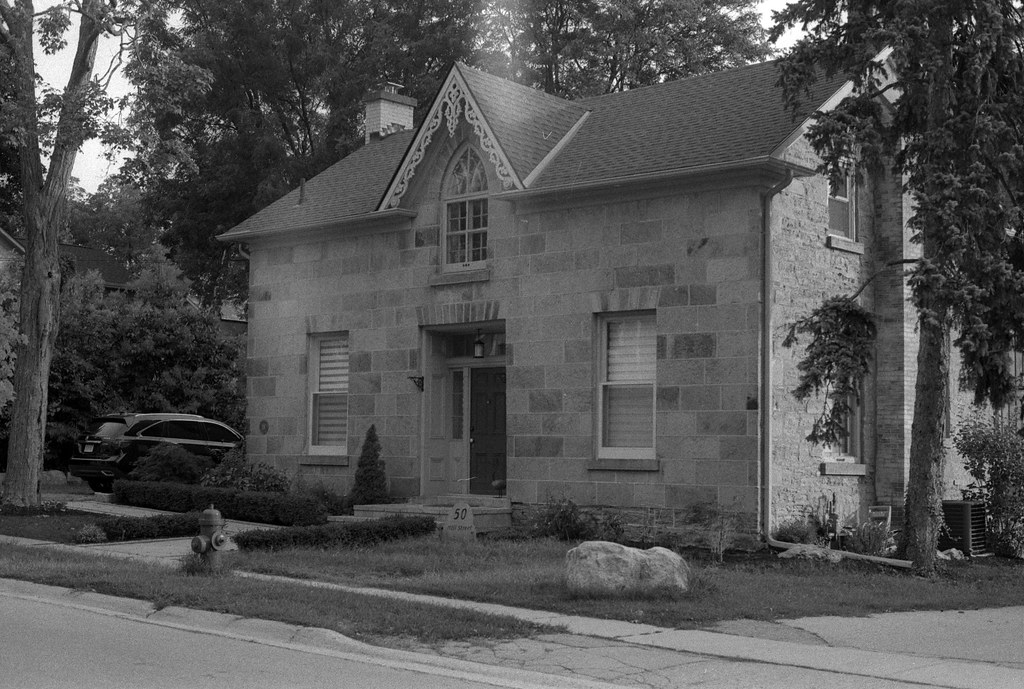
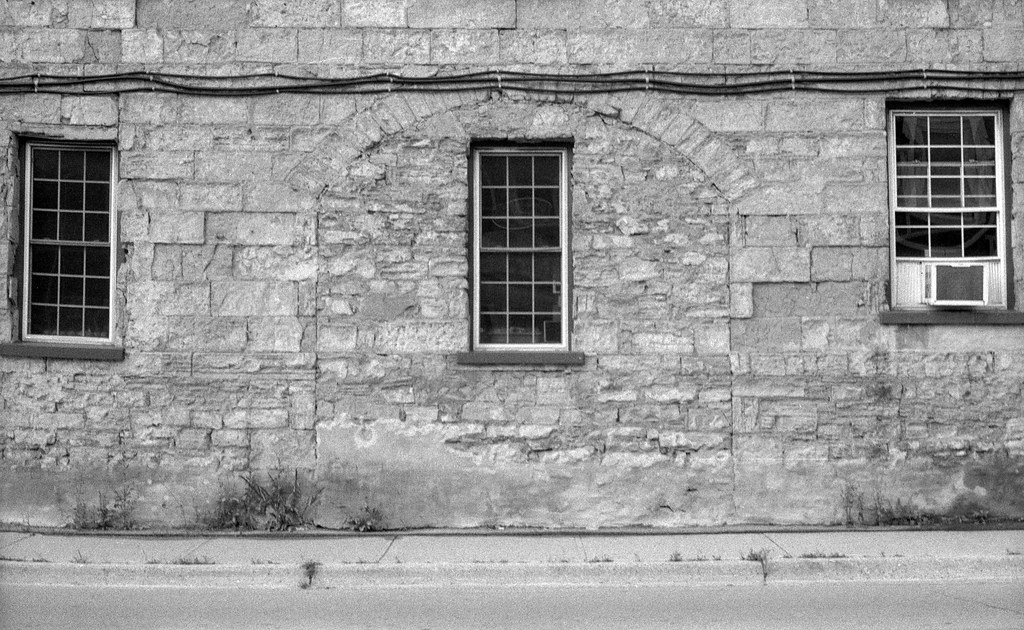
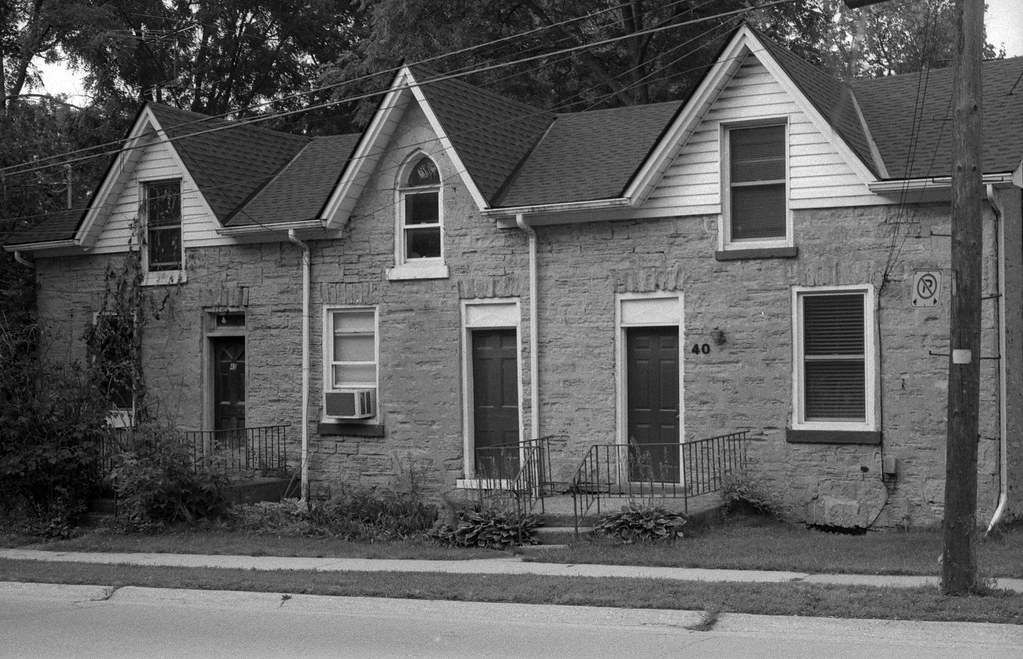
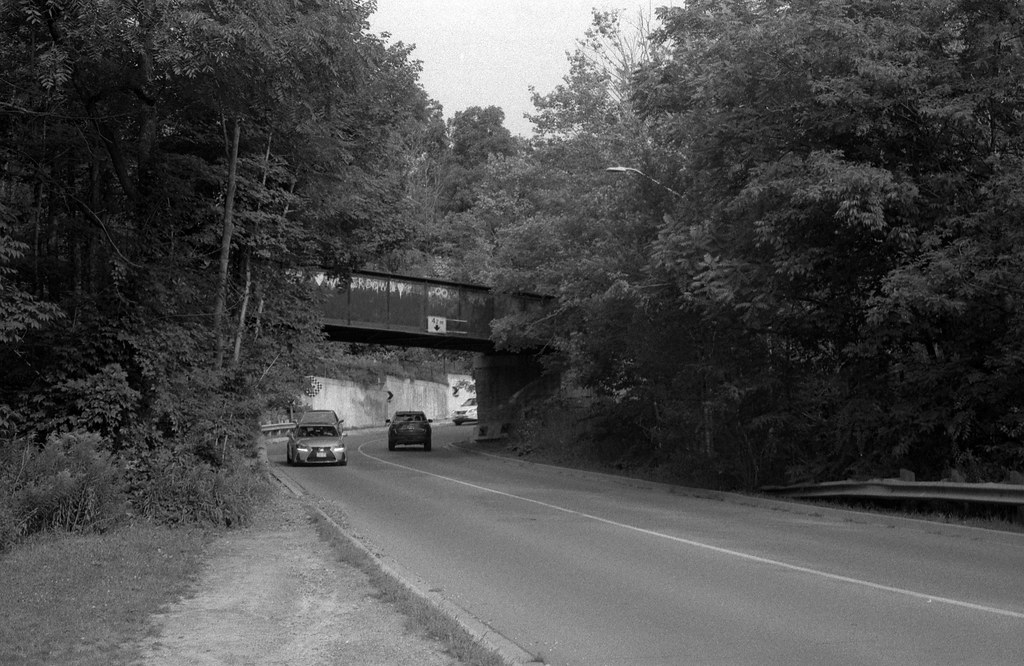
Lowdown
I do have to admit; I like the XD11. It is a solid step up from the XE-7 without going to the fully plastic later models of the X-Series; I’m again talking about the X-700 and other X variants along with the XG models. But I’m not about to rush out and buy one, but if my XE ever dies, I will probably replace it with an XD11 or look for the feature reduced XD-5. The one thing about these cameras is that they have probably the greatest range in prices on the used market. I’ve seen some that are under 100$ and ones in the 200-300$ range. If you are looking to buy one, make sure to buy it from a trusted source and have a chance to try out the camera first to make sure it is fully functional. Try and get one in the price range of 170-200$ and if you are going through eBay, look for cameras from Japan. While they are getting old, their electronics are still stable, but if something does go wrong, see if you can get your hands on a parts camera with the part you need before sending it off for repair. In closing, the XD11 is an excellent camera, no matter which version you get.
Further Reading
Don’t just take my word on the Minolta XD, you can check out the reviews by other awesome camera reviewers!
Mike Eckman – Minolta XD11 Review
Down The Road – Minolta XD11 Review
Casual Photophile – Minolta XD 35mm Camera Review
Japan Camera Hunter – Camera Geekery – Minolta XD11 Review
Lens QA Works – Minolta XD Review
Michael Wernburg – Review: Minolta XD
Frozen Wasteland – What I Learned Shooting #3 – Minolta XD-11: A Tribute
Digital To Film – Minolta XD11 Review
678 Vintage Cameras – Minolta XD: An Ode to the Endling
Shutterbug – Classic Cameras – Minolta’s XD-11 – Wait ‘Til You See How Good You Can Be With Minolta

